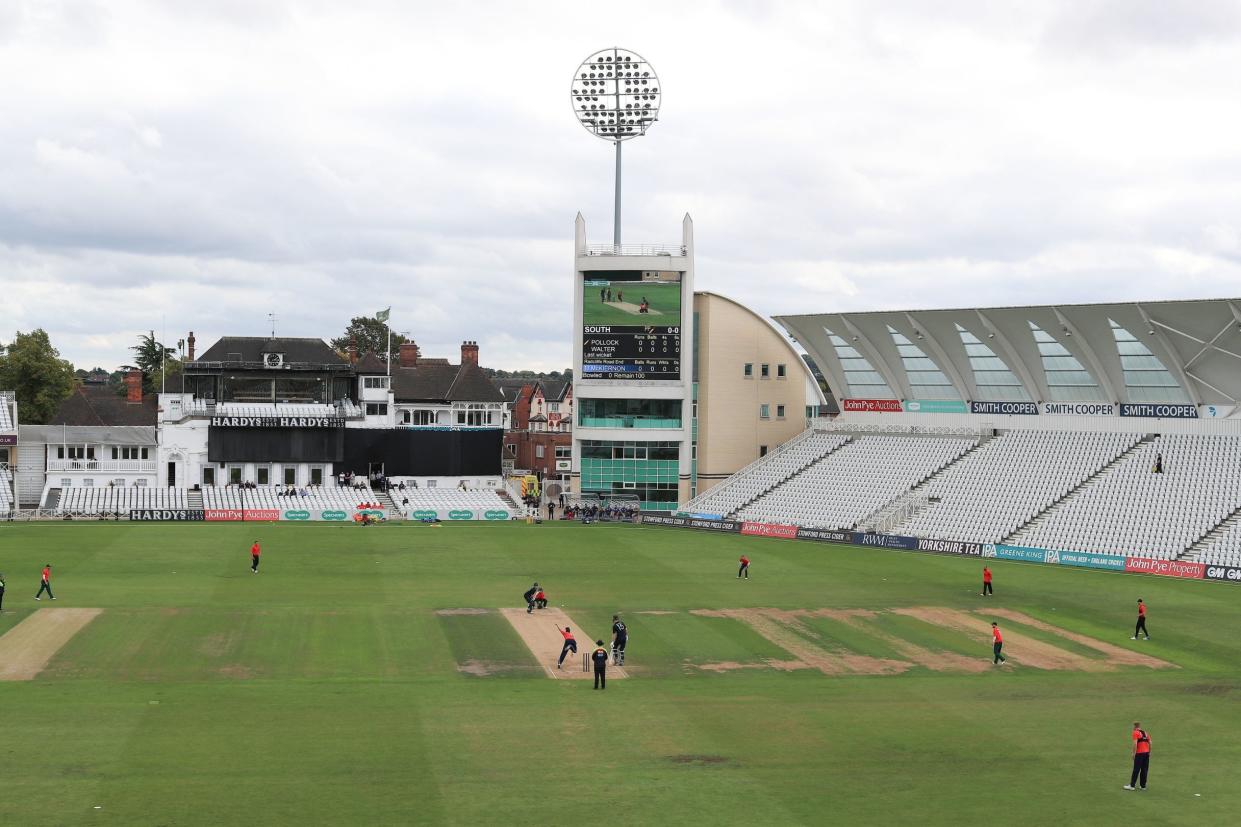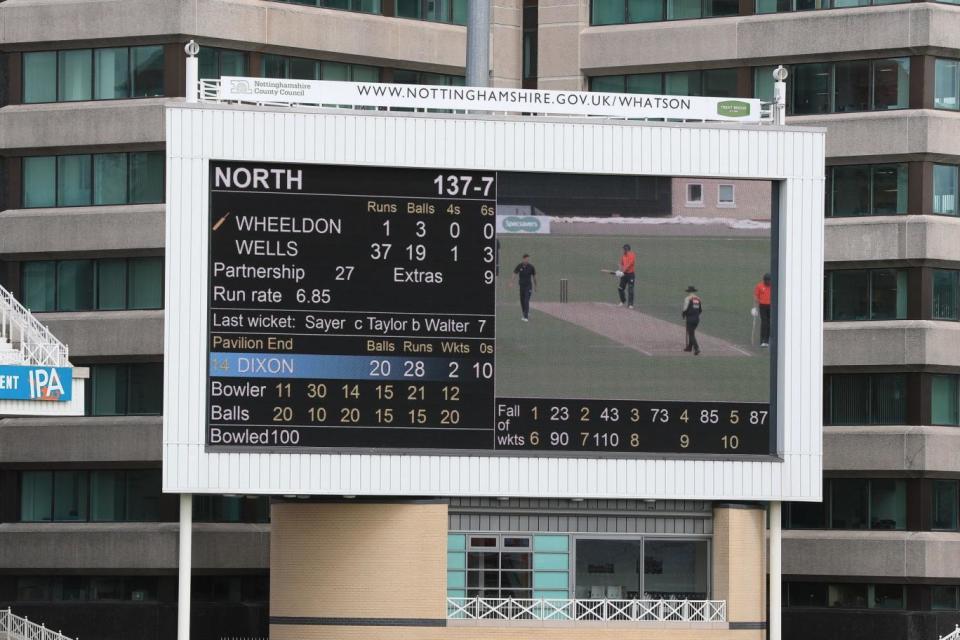100-ball format is still cricket — but it will need lots of work to win over sceptics

Over the past few days, the ECB have been trialling their new 100-ball format in Loughborough and Trent Bridge. A mix of county staff divided into North and South teams have been involved, watched by the competition’s big decision makers. The intention — making the game simpler — is noble but is it more hassle than it is worth?
The basics
Innings last 100 balls and are divided into 20 five-ball ‘overs’. Unlike cricket as we know it, ends are not swapped after every over but every two overs. Bowlers can bowl two successive overs (but not three), even if there is a change of ends.
Like T20, bowlers can bowl four overs, although here they could theoretically get them done in the space of five overs: two on, one off, two on — i.e. delivering 20 out of 25 balls.
The powerplay (in which the bowling side face fielding restrictions) was trialled this week at 20, 25 and 30 balls. Innings have been taking around 65 minutes — it will be a bit longer when bells and whistles are added — meaning matches are done inside two and a half hours, at least 30 minutes shorter than a T20.
Trialled on Monday...
The strategic timeout — One two-minute break can be taken by the fielding captain during the innings, only at the end of an over, and likely between the 20th and 70th balls. Coaches and waterboys are allowed on at this time.
The North captain Samit Patel used it to perfection yesterday: chasing 138, the South were 66 without loss after 25 balls. They then lost all 10 wickets for 53.
No crossing — If a catch is taken, it does not matter if the batsmen have crossed: the new man will face the next ball (unless it is the end of a set of 10). The idea is to reward a bowler for taking a wicket by being allowed to bowl at a new — theoretically vulnerable — batsman.
Sub fielders — With the intention of having the best fielders on at all times, a designated (non-bowling) sub can replace a fielder, even if that fielder does not need to leave the field. Worcestershire’s Daryl Mitchell felt this needed refining. “It got a bit messy,” he said.
What does it need?

The right scoreboard. The scoreboard at Trent Bridge yesterday looked like any old cricket scoreboard. For the Hundred’s scoreboard centrepiece, in a match’s first innings the balls faced and runs scored need to count up. In the second innings, the balls faced and runs required need to count down. Individual batters’ scores and the like should still feature but can be less central.
Clear terminology. Calling them five-ball ‘overs’ is not good enough when we also need a denomination for each 10-ball set from each end. Perhaps ‘set’ (of 10 balls or two overs) would work. It could appear that bowlers are changing at random so umpires need to be clear in signalling to the crowd and players when five and 10-ball slots have ended, and when a bowling change is happening.
Good captaincy. Surprisingly, the Hundred might not be as high-scoring as we expect. The powerplay should take up a lower percentage of balls than in T20, while bowling successive overs means if a bowler is on top, he can stay on top. Thoughtful captaincy will be required, which might make it more pleasing for tragics than first thought.
What next?
September 27 is a key date. England Women trial the 100 then and after they have, all 420 members of the Professional Cricketers’ Association will be consulted. The county chairmen also meet to discuss the competition on that day. Some love it because it is different enough from the T20 Blast (and counties are paid £1.3m for it to happen); others loathe it and say it will ruin English cricket.
If finalised, the format will be put to the ECB Board in November. Team identities and branding are due around March, then, with team management pulled together over the summer, the ECB hope to hold the competition’s first draft after next season ends, so counties can cover the playing losses they will suffer the following summer when it begins.
Early conclusions
As Daryl Mitchell, the PCA chairman, said, “It’s still definitely cricket”, which is a relief. It is shorter — good news for terrestrial TV — but whether it is simpler is up for debate. 100 is a snappier number than 120. Likewise five rather than six.
But is nine changes of end per innings actually simpler than 19, when the 19 happen at obvious times? The players involved like it because it is not too different from T20 and, ultimately, they would like to be playing T20.
The format will probably not live and die by its playing conditions. Key will be what it does to the English summer, its marketing and its effectiveness in capturing a new audience that may or may not exist. The faux pas that was its big reveal — including a “fresh tactical dimension” that already seems to have disappeared — means organisers are playing catch-up and many fans feel alienated by the competition. It will take more than a couple of pilot matches to change that.

 Yahoo News
Yahoo News 
